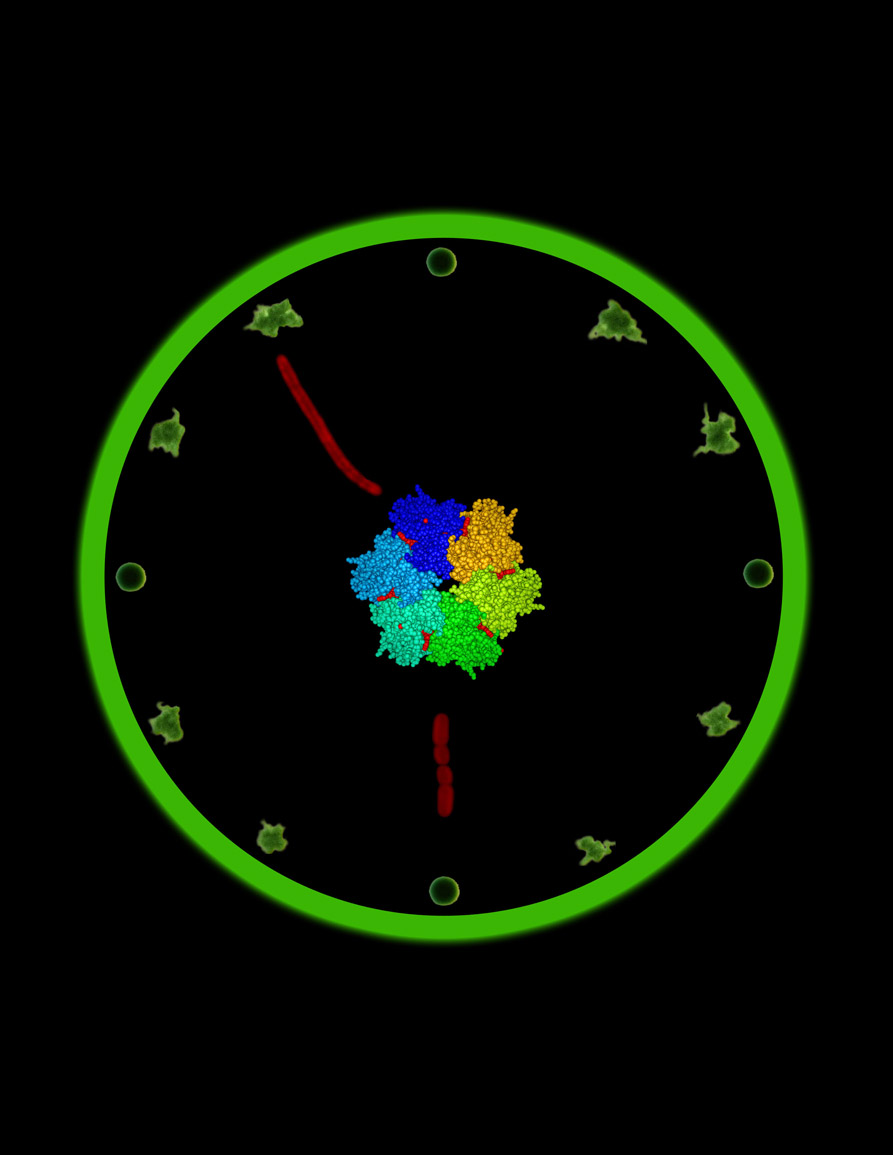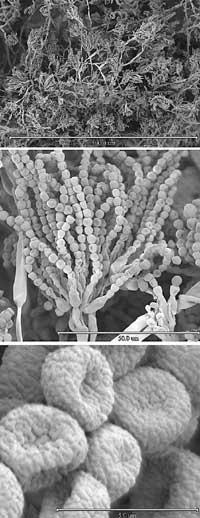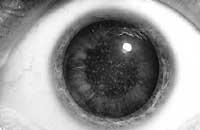They find a universal biological clock in cell respiration
2012/05/31 Carton Virto, Eider - Elhuyar Zientzia Iturria: Elhuyar aldizkaria

Peroxierredoxine is an enzyme that extracts from cells the toxic secondary products that are produced as a result of oxygen breathing and is used by almost all living beings. Researchers at the University of Cambridge have found that these enzymes oxidize and reduce by forming cycles of about 24 hours in all the realms of living beings, coinciding with the cycle of night and day.
In 2011, the circadian cycle of peroxierredoxins was detected in human red blood cells and alga O. tauri, and it has now been announced that they have seen the same in mice, fruit flies, plants, bacteria and even arches. Both research has been published in the journal Nature and according to the researchers, “after seeing that the oxidation-reduction cycle of peroxierredoxins 24 hours occurs in all domains of life, it is increasingly acceptable that circadian rhythms of cells have a common molecular origin.”
Biological watches have been found in many lives and in recent years the mechanism has been clarified. Cells control time through cycles of expressive repression of certain genes: the very product expressed by genes is responsible for the repression of genes in a 24 hour cycle. Even though the mechanism is common, the genes are different from the species to the species, so lately the hypothesis has been imposed that the biological clock has been “invented” on many occasions independently.
The discovery of researchers at the University of Cambridge extends and completes the genetic vision. On the one hand, because the cycle of the enzymes peroxierredoxine is not genetic but metabolic. And, on the other hand, because they have seen interactions between one mechanism and another in the living beings studied. In all cases they have seen that the two circadian systems are able to continue functioning well without the other, but interact with each other. The authors cite in the article published the coevolution of circadian mechanisms: “Our results suggest that metabolic rhythms are at least as ancient as those specific to watches, and often older but fully integrated with them in modern organisms.”
Researchers argue that the circadian mechanism of peroxierredoxin was born 2,500 million years ago. The activity of photosynthetic living beings caused the accumulation of oxygen in the Earth's atmosphere, which followed the rhythm of the cycle of photosynthesis and favored the mechanisms capable of eliminating toxic secondary products of oxygen, extending among living beings.

Gai honi buruzko eduki gehiago
Elhuyarrek garatutako teknologia






